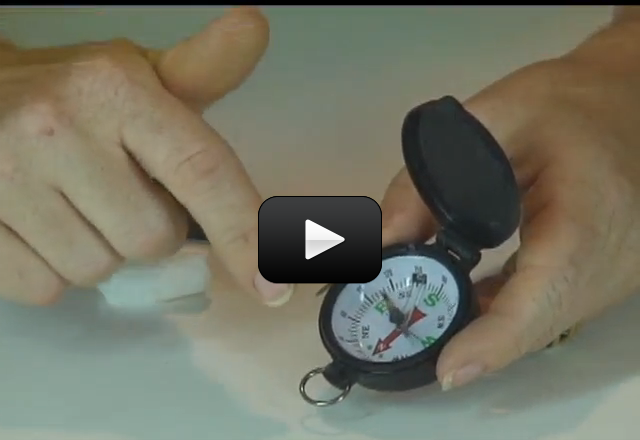Remember, there are four different kinds of forces: strong nuclear force,
electromagnetism, weak nuclear force, and gravity. There are also four basic force fields that you come into contact with all the time. They are the gravitational field, the electric field, the magnetic field, and the electromagnetic field. Notice that those four force fields really only use two of the four different kinds of force: electromagnetism and gravity. Let’s take a quick look at what causes these four fields and what kind of objects they can affect, starting with the magnetic field.
Here’s what you need:
Please login or register to read the rest of this content.

